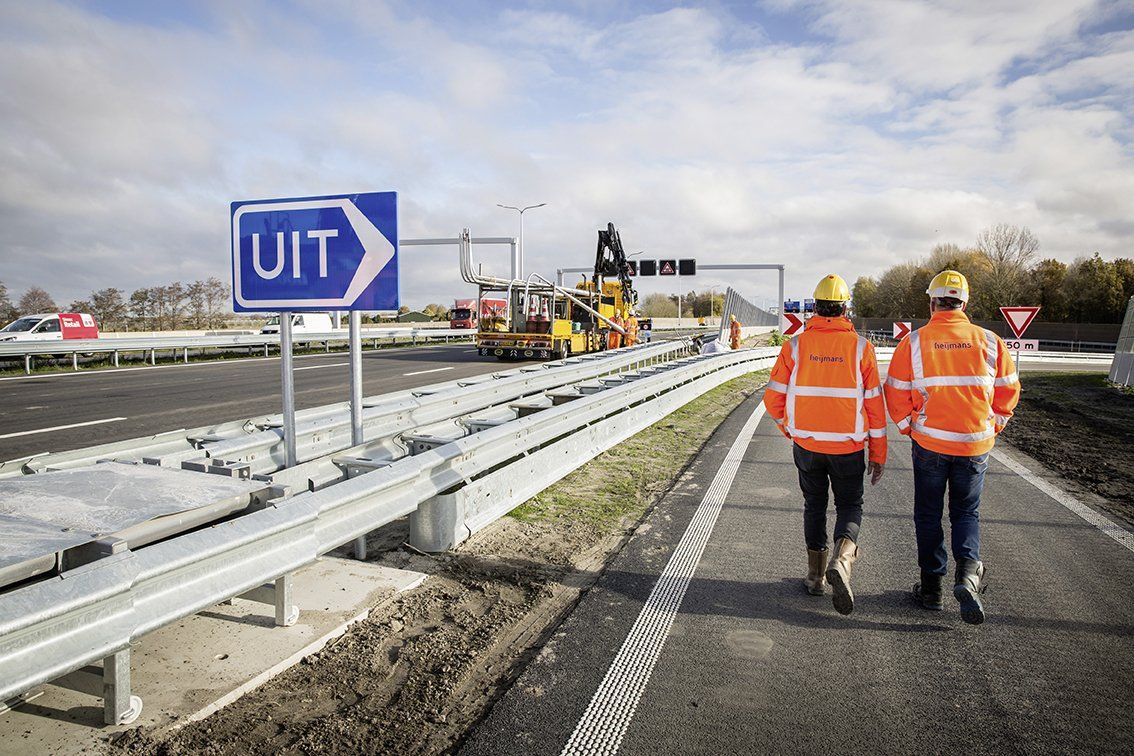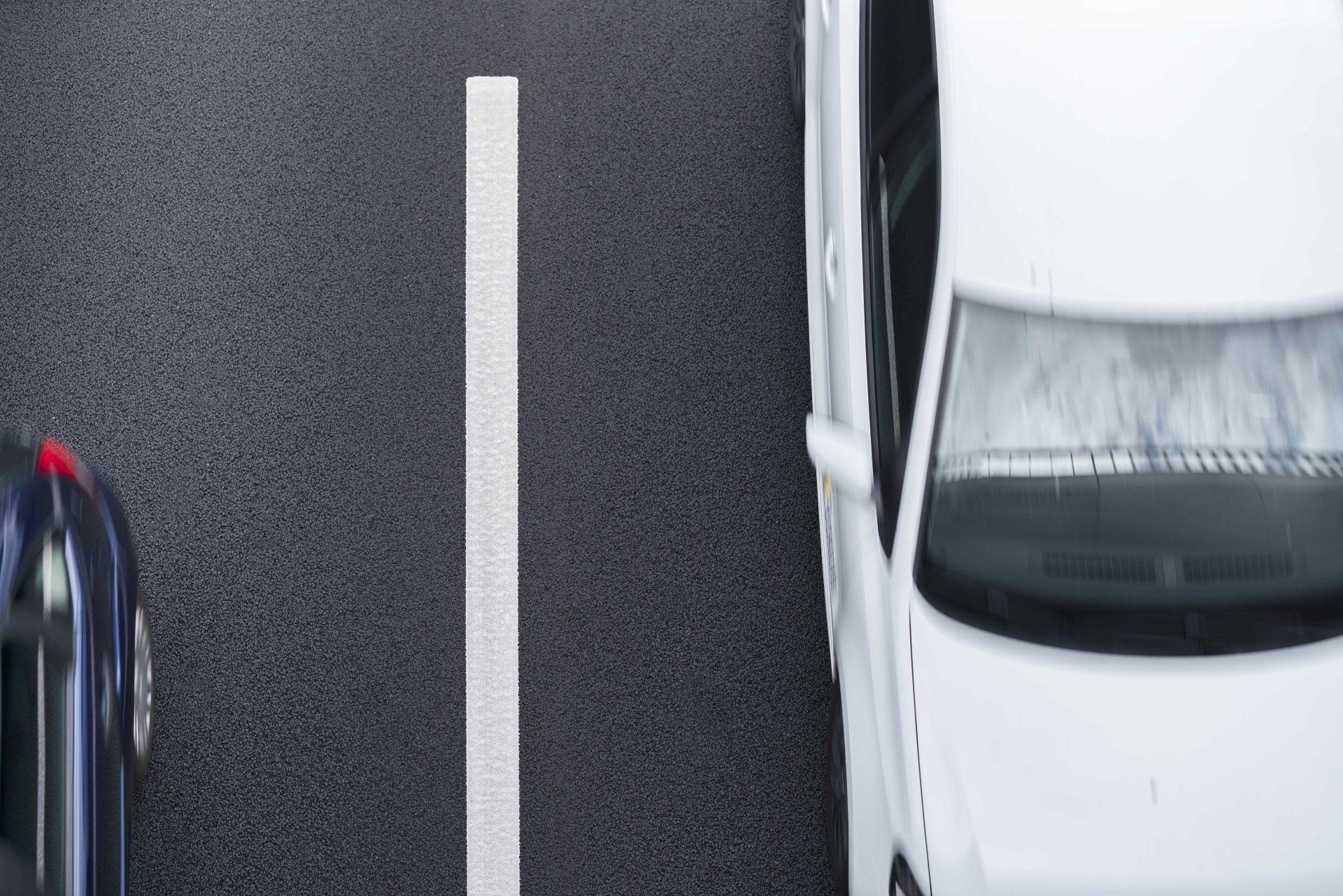A27 - Hear the motorway come to life!
13 kilometres of new asphalt on the A27 and 9 kilometres on the A1. From 2 to 3 or even 4 driving lanes. When these motorway upgrades were being realised, Heijmans collected all available data. And that was a lot of data! In the coming years, this information can be crucial when it comes to predicting maintenance and life span.
Martijn van Lieshout, maintenance manager:
“The project name for the expansion of the A27/A1 is 3Angle (triangle). This is quite funny when you consider it from a sonification perspective. However, 3Angle refers to the shape formed by the motorways as they cross each other. Heijmans is responsible for maintenance for the next quarter of a century. We used data to monitor the quality of the asphalt realtime as it was being laid. We examined the fine details of the whole process, from production and transport to laying and rolling. The asphalt was then laid in five layers.” Breathing new life into asphalt
“The baking and distillation process for asphalt is carried out at our own asphalt plants. And a particular recipe is used to process raw materials into the finished product. Because we possess data about the quality of this asphalt, we are increasingly more effective at predicting life span as well as wear and tear. This helps us to realise new solutions, for example, the development of low temperature asphalt. Mixtures that meet quality requirements at 100 degrees instead of 180 degrees. This is a massive reduction in energy and CO2.”
“We have also made it easier to re-use the asphalt. We are also capable of re-using asphalt better and better. Economic and ecological targets in perfect equilibrium”.



